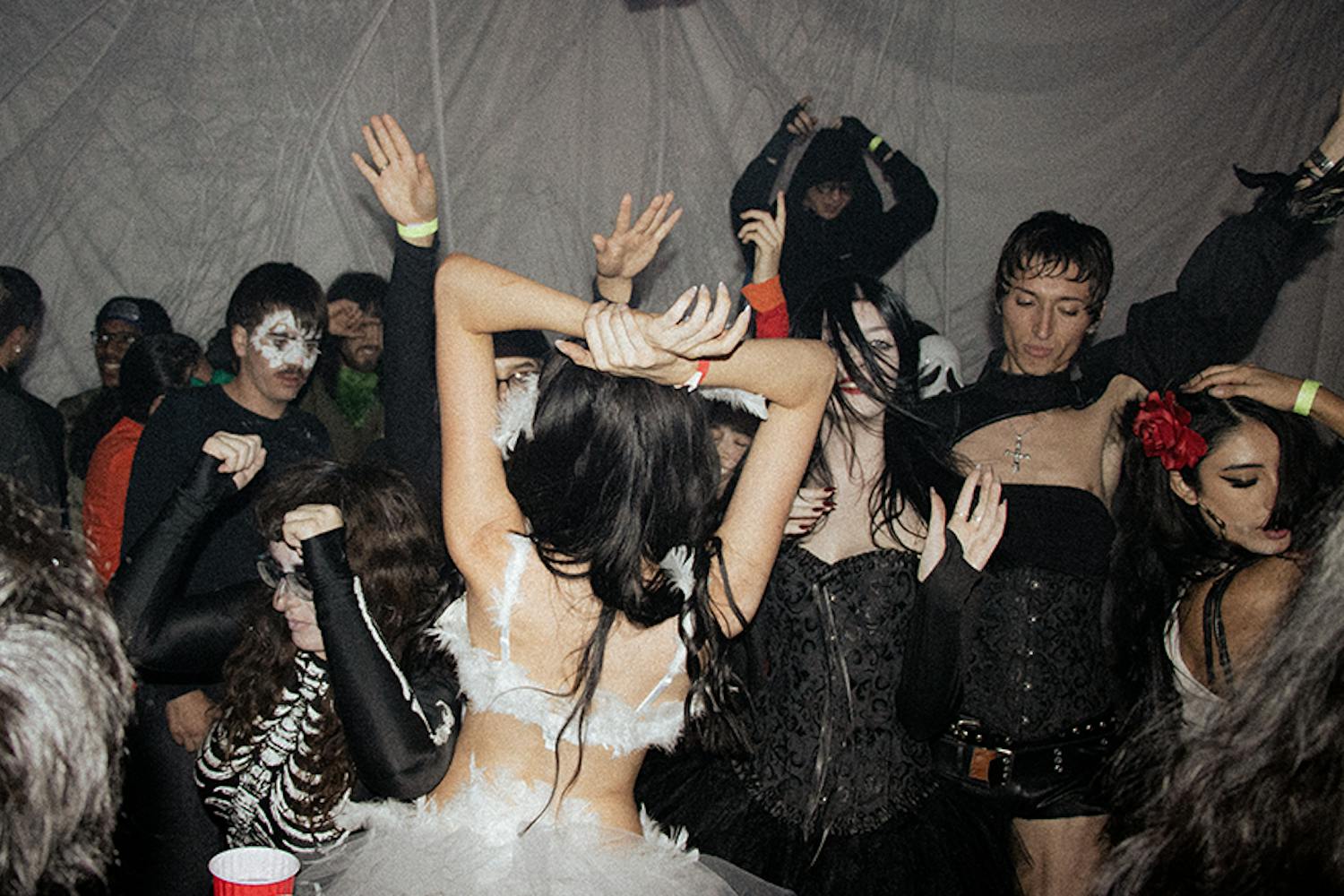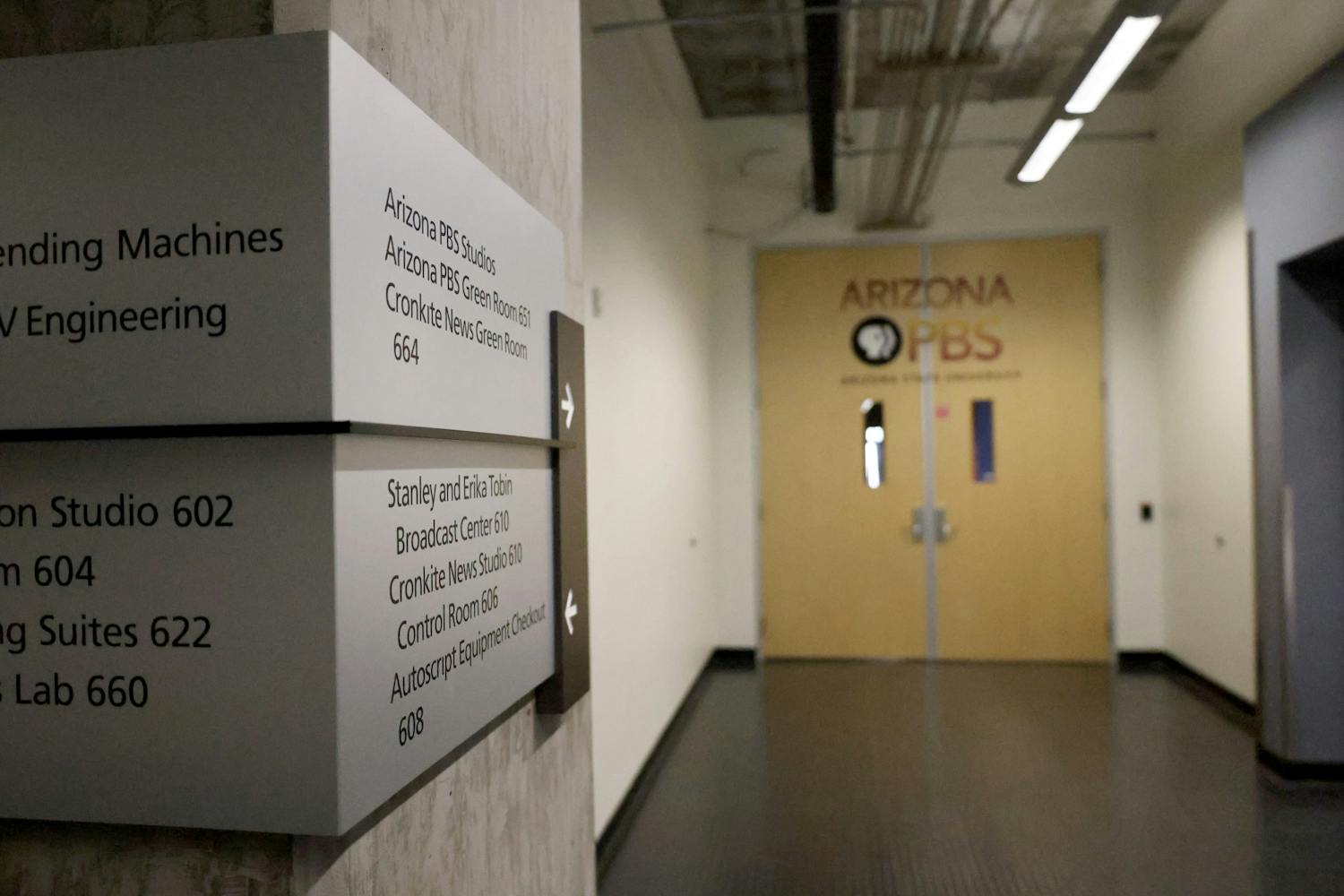This spring students can trade in their pens for wands, and their life science class for the study of the supernatural.
It’s no doubt that the line that separates American culture from pop culture has become less defined over the past decade, and recent cultural phenomena are even beginning to influence classes at ASU.
“Harry Potter and American Culture” and “Impossible Passions: Vampires in Fiction” are two West campus courses that reflect recent trends of pop culture swaying the curriculum of American studies.
The literal translation of the word “biology” in Latin is “the study of life,” but one professor is giving students an opportunity to reverse their core education with the study of its antithesis: the undead.
English professor Michael Stancliff has started a new American Studies class, AMS 494 “Impossible Passions: Vampires in Fiction and Film,” and it’s open to all ASU students for enrollment in the Spring 2011 semester.
Stancliff, a longtime lover of vampire literature and film, is hoping that the class will collectively pinpoint and explain how and why vampires are culturally important.
“I don’t think we can ignore a cultural phenomenon that has held so many people’s attention for so long,” Stancliff explains. “The longevity of the vampire myth internationally suggests its significance.”
Vampires appear at the threshold of life and death, and their mythical existence allows humans to gain an enchanting perspective on mortality and the social world of the living, according to the AMS 494 course description.
The reading and writing intensive course will overview Anne Rice’s novels, along with the “Twilight” series by author Stephenie Meyer, but will focus on lesser-known works.
“Octavia Butler’s ‘Fledgling’ and Jewelle Gomez’s ‘The Gilda Stories’ are phenomenal, in my opinion, but even very diehard readers of vampire fiction don’t know about them,” Stancliff said.
‘Fledgling’ and ‘The Gilda Stories’ are both modern vampire stories that explore contemporary issues such as lesbian feminism and racism.
“We’re not just reading vampire stories as entertainment, but as complex cultural artifacts,” Stancliff said.
Industrial design junior Denise Pike, who would gladly take a vampire class if it didn’t revolve around Edward Cullen, said she believes that the elusive idea of vampires has been a sexual fascination to many cultures throughout history.
“Vampire myths have been around forever,” she said. “I think they’ve always been a sexual entity; that’s why everyone is attracted to them.”
Meanwhile, seats in the movie theaters are selling out magically fast for the “Harry Potter” film being released Friday, and seats in American studies professor Shannon Lank’s new course are following suit.
AMS 194, which is called “Harry Potter and American Culture,” is the first class at ASU to be dedicated solely to Harry Potter, undoubtedly the world’s favorite wizard.
Lank explains that the “Harry Potter” series, written by English author J.K. Rowling, is not only important to American culture but to pop culture as well.
“It’s a billion dollar industry that started with a book that has grown into an empire,” she said. “Sure it’s fun to read and the movies are always exciting to watch, but looking beyond that into the culture that popped up surrounding the books and movies, it’s simply incredible.”
For example, Lank refers to the classic scene on a night before a “Harry Potter” novel was released, where millions of children around the world line up in front of stores with their parents, eagerly waiting to hold a book in their hands.
“It was simply unheard of,” she said.
“Harry Potter gave families something to bond over again, and in the age of technology where people have forgotten how to hold a simple conversation with one another, that’s important,” Lank said.
The course will discuss some of the civil discord that the “Harry Potter” phenomenon bred such as the religious arguments that maintained that the series was satanic.
The question of whether or not “Harry Potter” should be counted as literature will also be considered, she said.
Lank sees beyond the criticism and finds great academic value in J.K. Rowling’s magnum opus.
“Within the books there are a lot of connections that can be made to everyday life,” she said, including gender barriers, bullying, class and race issues. “This course will be in-depth and won’t be easy, but it will be fun.”
Students who choose to enroll in the spring course will find they will be required to read the entire “Harry Potter” series, as well as excerpts from other books and articles throughout the semester.
Professor Lank hopes students will be able to link the books to their strong role in molding American culture, and the series’ pivotal function in shaping universal pop culture.
Reach the reporter at Ktenagli@asu.edu



